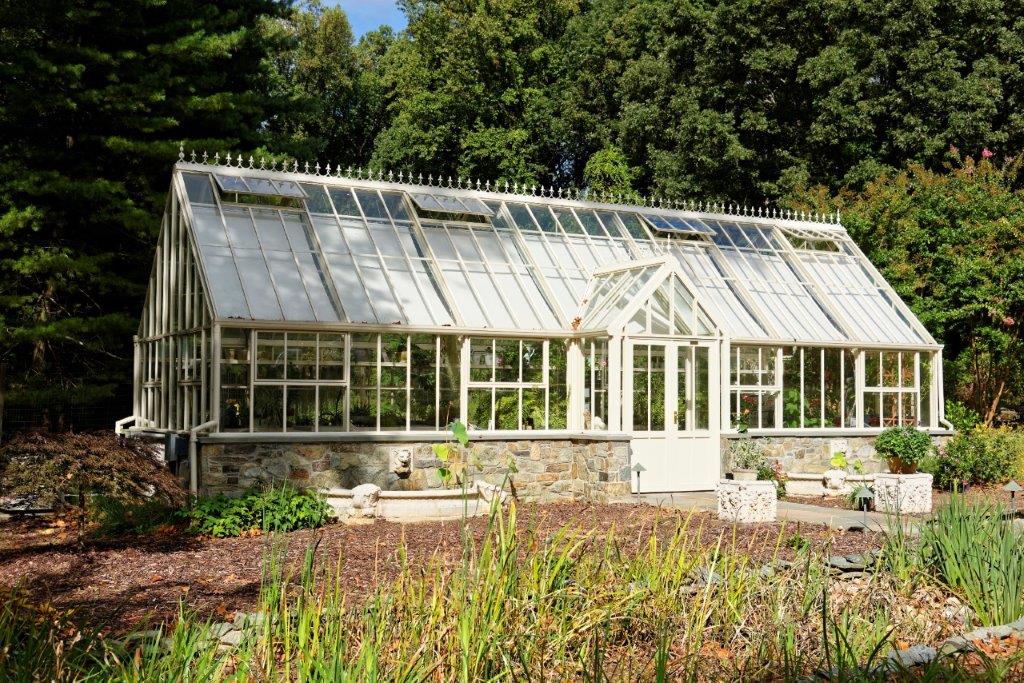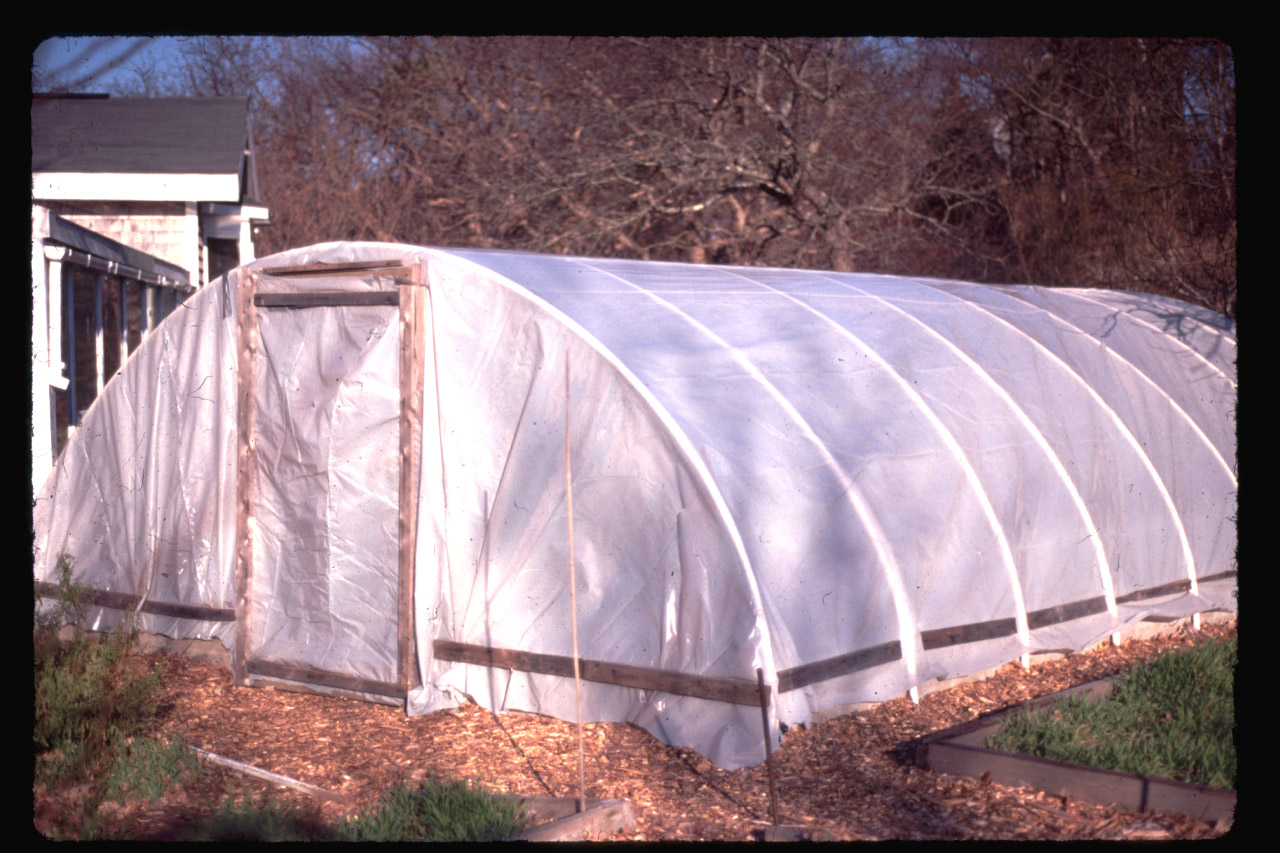
After twenty years or so of giving talks and lectures about greenhouses and plants, I have found that there are a few questions that potential owners often ask. Probably the most common question is, ‘How large a greenhouse should I buy?’
If the questioner is an experienced gardener, my answer is, “Buy the largest greenhouse you can afford.” An experienced gardener will quickly find plants to put in the greenhouse (and fill it!). I know, I filled my 300 square foot greenhouse and built a second one to house more plants!
If the questioner is an inexperienced gardener, I ask them what they are going to grow. Most often, they want a place to start seedlings in spring. My advice is not to buy a greenhouse, but to buy a heating mat and start the seedlings under LED lights in your basement or other warm spot. By starting seedlings this way, you have more control over lighting and heating, and you will get more consistent results. (Next month we will look at starting seeds under lights.) Only when you have become accomplished at starting seeds should you invest in a greenhouse.

In a warm basement under lights, you will find that you can start tomato seeds about six to eight weeks before you need to plant them out in your garden. But if you wish to push the seasons, start your seedlings up to three months earlier and move them into a heated greenhouse about six weeks before you plan to set them in the garden. At that point, your tomatoes will be about two feet (0.6 M) tall and will probably have small green fruit on them.
Also high on the list of questions is; ‘What plants can I grow?” Quite simply the answer is, ‘any plant you like.’ But growing tropical plants in a small greenhouse can result in high heating bills, so you should temper your enthusiasm for heat loving plants with the cost of heating your greenhouse. Only after a year or two of greenhouse growing will you learn how much it will cost to heat the space. At that time, you can modify the type of plants you grow to keep your heating bill in bounds or you can simply accept a high heating bill. For example, I have had citrus, orchids, figs, and other plants in my Rhode Island greenhouse for more than 30 years, but I must heat the greenhouse from the middle of October to the end of April.
Another question, is what glazing should I use? Again, this depends on your experience level. High-end gardeners know that light is essential and usually opt for single pane glass. In southern New England (Zone 5 to 5 ½) it costs a lot to heat the greenhouse from November to March, but more sunlight means faster growing, sturdier plants. Single pane glass has an R-value of about 1 to 1.5 and lets about 94 to 98% of the available light through.

If you live in an area where hailstones or birds are likely to break the glass (seagulls dropping clams, for example), Polycarbonate is a good option. Polycarbonate can be purchased with single, double, and even triple panes to increase the insulation value. It allows less light through than does glass, but it is highly resistant to breakage. However, it expands and shrinks more than glass, and you will have to allow for this during construction.
Plastic sheeting is another glazing material usually used on hoop houses and other simple structures. You can use builder’s polyethylene to cover such a greenhouse, but greenhouse plastic is reinforced and is treated to reduce or eliminate drips. I have found that after a season or two builder’s polyethylene tears along the fold lines and needs to be replaced.
I have used a boating product called Clear Shrinkwrap® on a hoop house. When treated with a heat gun, this product shrinks and forms an airtight barrier. In windy areas (where I live!), the shrinkage tightens the entire surface and stops it from flapping as badly as a loose cover does. However, the lighting value is slightly lower than polycarbonate.
If you have questions about starting seeds or buying a greenhouse, write to us. We will ask our experts to respond.










